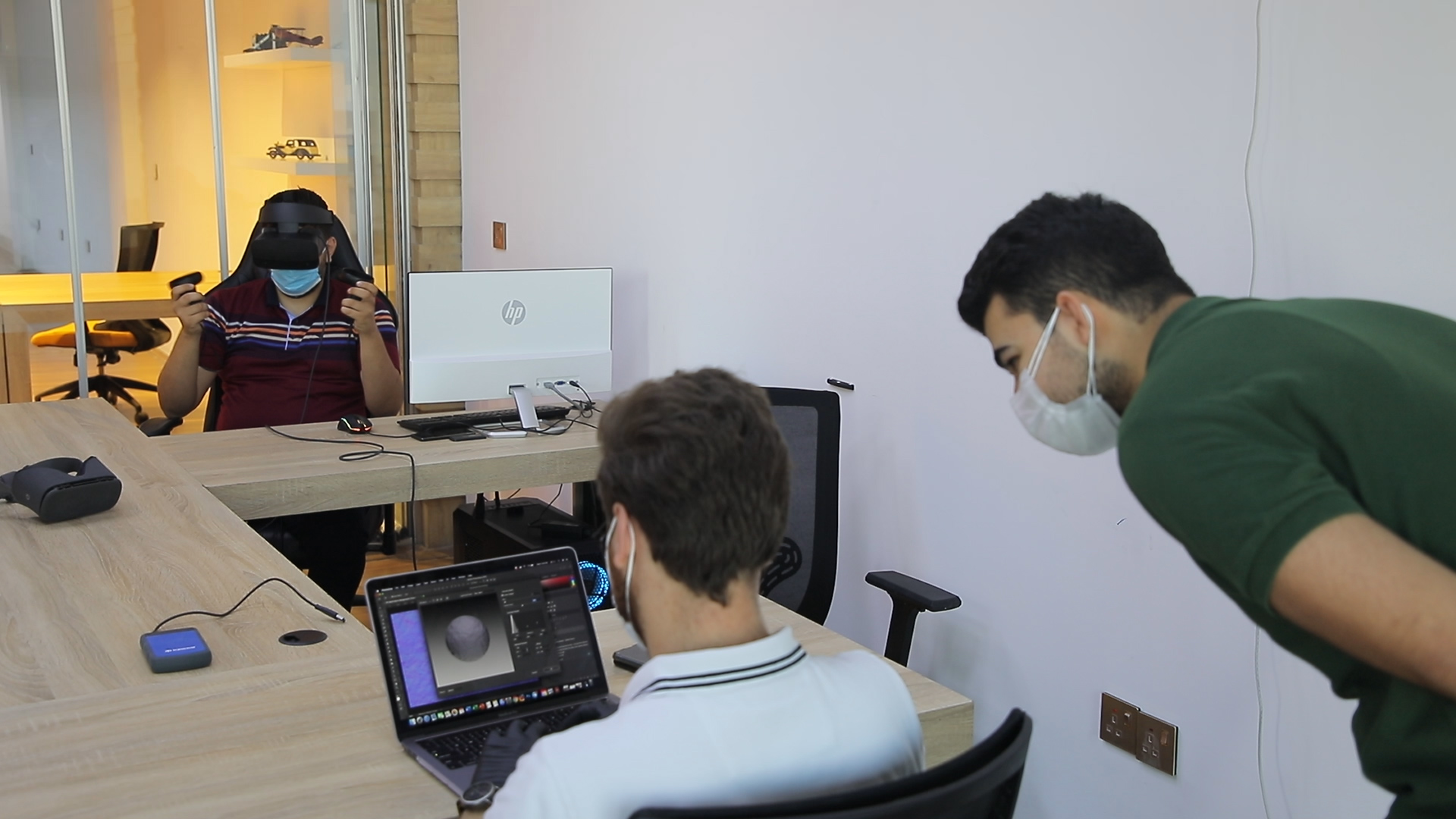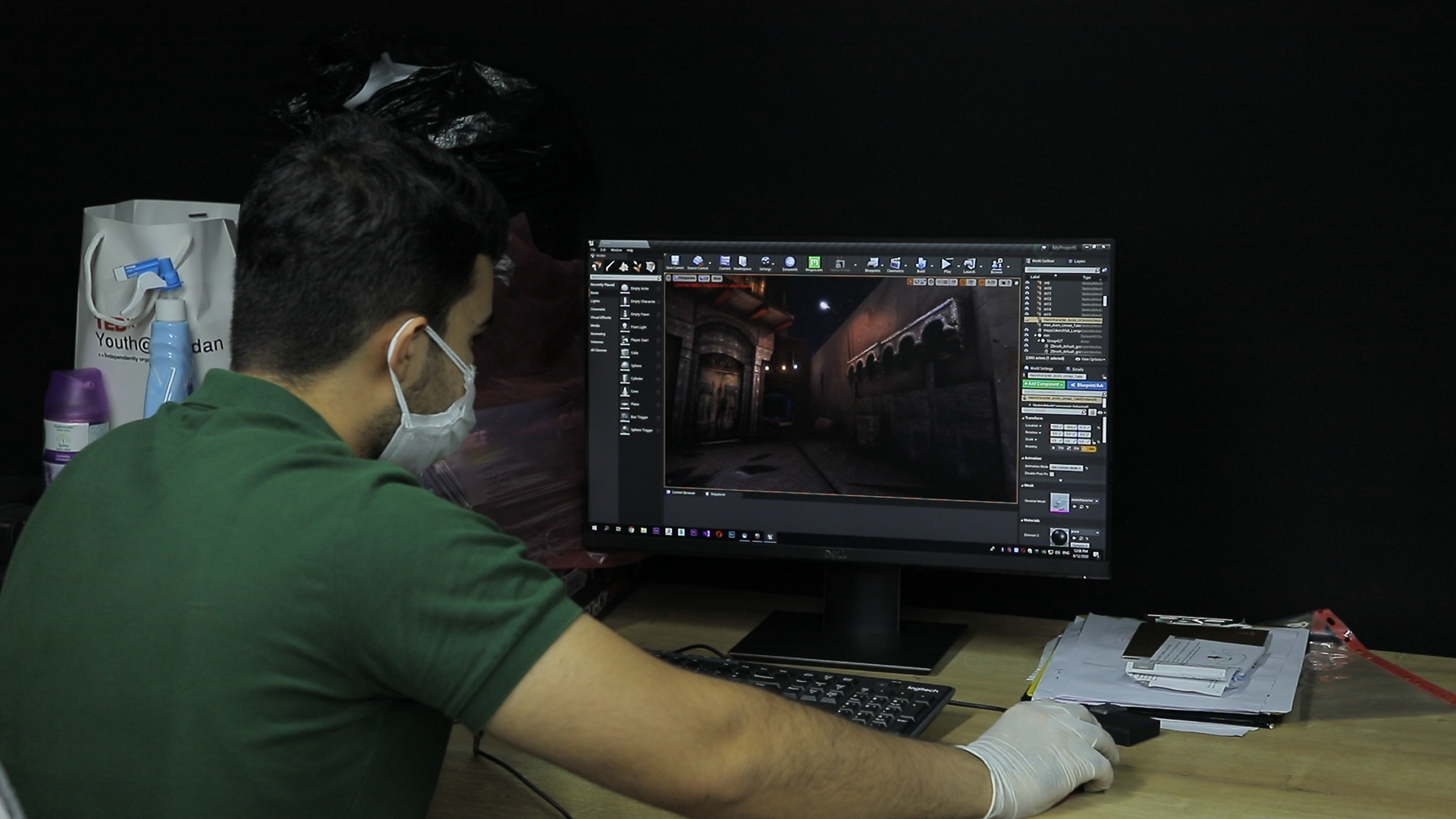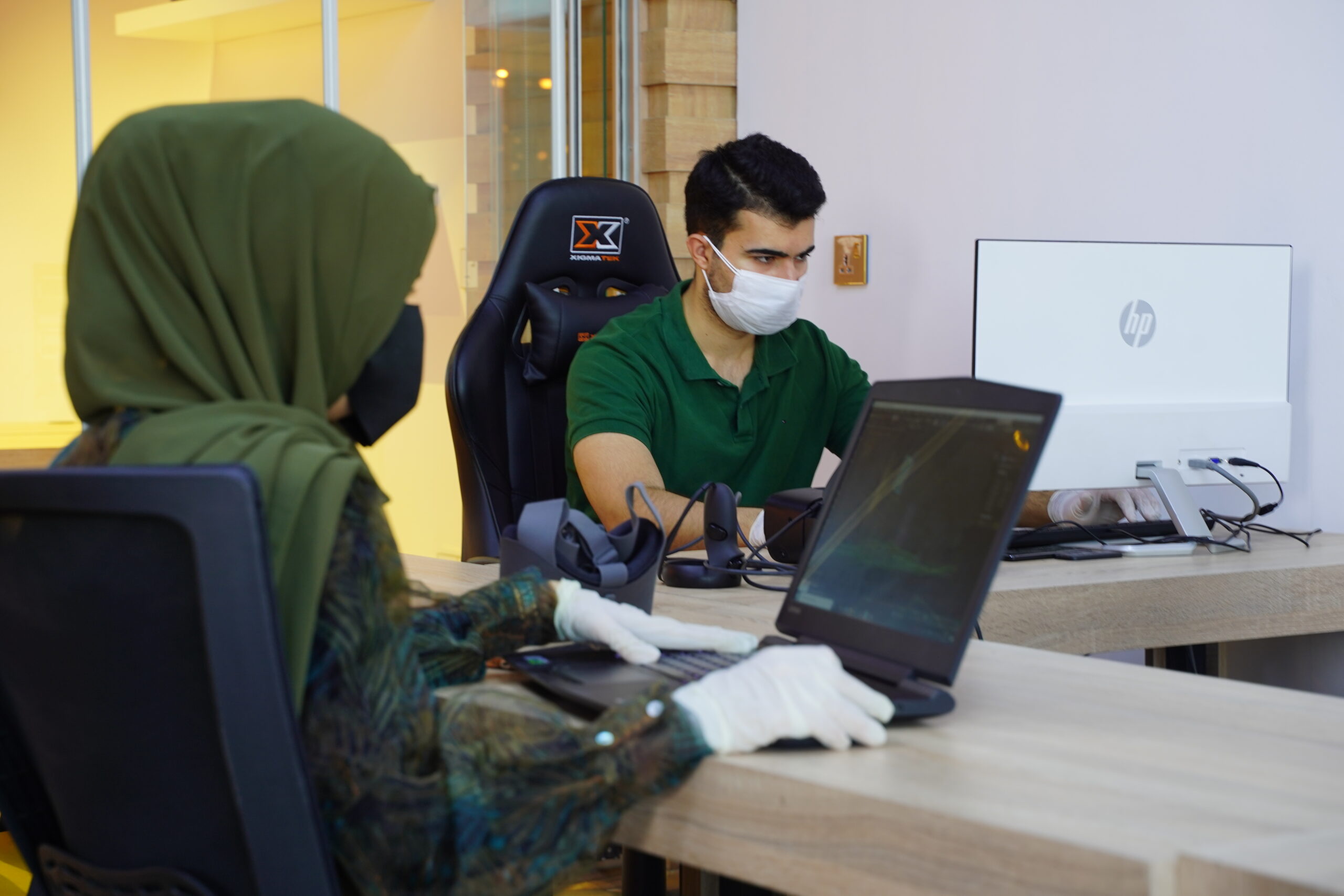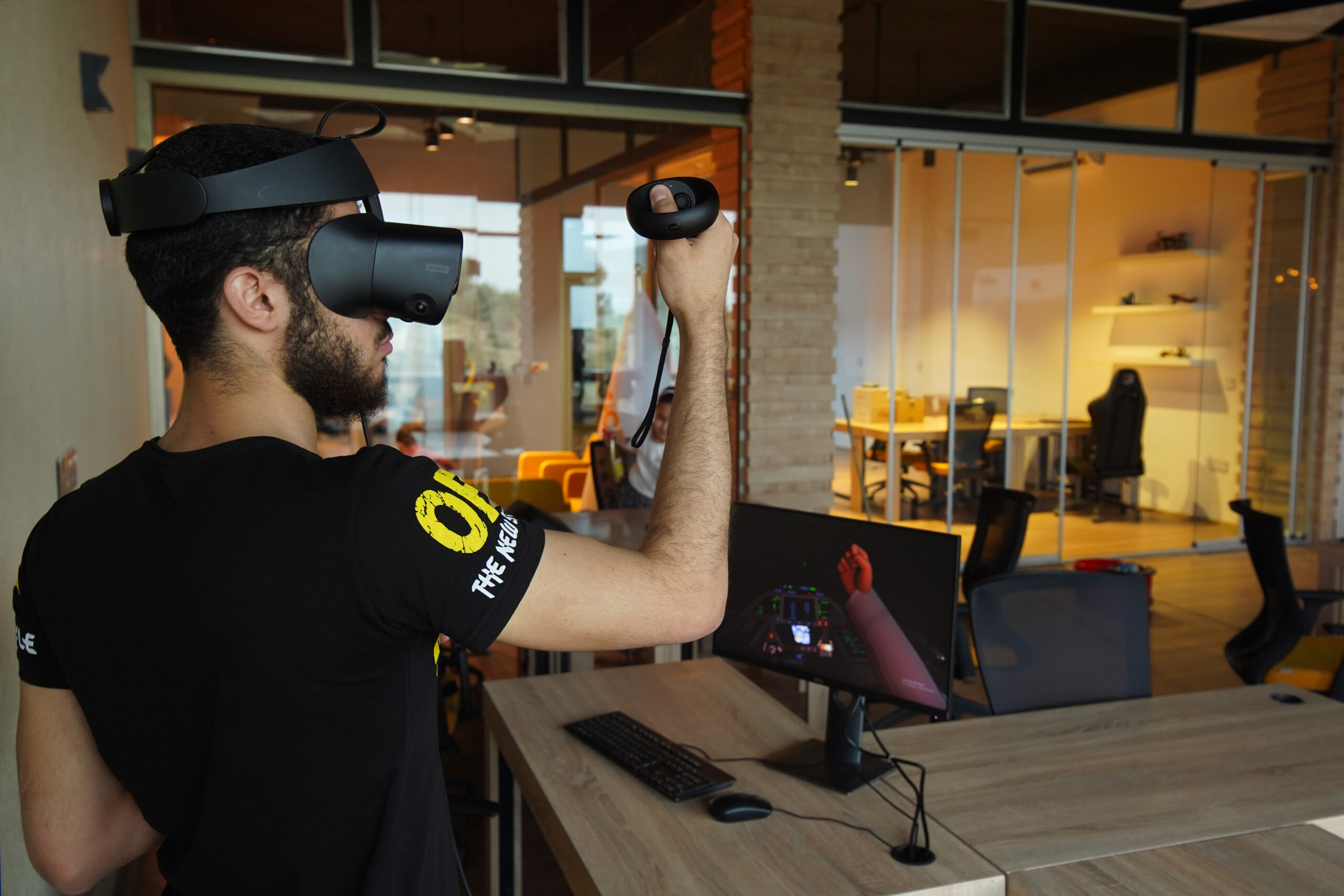The Virtual Reality (VR) team is a group of programmers and game developers who decided to revive the heritage sites of Mosul virtually. Using 3D designs, the group recreated key iconic, historical sites and buildings of the city before they were destroyed by Daesh. “Through the 3D models we wanted to revive Mosul’s identity and introduce new generations to their heritage in a way that reflects their modern lifestyle,” said Myassar Naseer, the VR team’s coordinator.

Between 2014 and 2017, Daesh’s destruction and vandalism of artefacts affected many antique and historical sites. According to archaeologists in Mosul, the city lost more than five heritage cities, and approximately 90% of its artefacts.

The VR project was initiated last year by a group of volunteers who were later invited to join Qaf Media Lab, a business incubator that provided the team with an office and equipment to further develop their vision. The team uses archived images and merges them with more recent pictures to create complex digital models of the destroyed landmarks.

The priority of the team was to digitally recreate sites that were destroyed by Daesh and have not been reconstructed. Currently, the project focuses on reviving Islamic and Assyrian heritage and sites that have been destroyed, including the ancient Wasfi mosque, Nirgal Gate, and Mar Thoma Church. The team relied on documents and maps provided by the University of Mosul’s archives.

All 3D models are presented as videos with voiceovers describing the sites to the audience. They are posted across social media platforms. “The project received positive reactions and encouragement from the audience,” said Naseer. “That is why we are working on posting the models on more than one platform.”

While most products are published online, the team occasionally hosts offline events where people can view highlighted sites of the city using VR headsets. “Providing this interactive environment, people can have a real-life experience, wandering through the sites and seeing how these places looked a thousand or two thousand years ago,” said Abdullah Bashar, a VR team member.

While the team managed to virtually reconstruct a number of the archeological sites through VR, they still face some difficulties accessing images and information for the sites they plan to design in the future. This became even more difficult during the COVID-19 pandemic and lockdown.

The team strives to expand the scope of their work to design all historical sites which have been destroyed by Daesh. The VR team considers this technology an opportunity for future generations to be able to see and learn about these artefacts, made possible by these new technologies. They form a significant part of Mosul’s history and identity and they are imprinted in every Maslawis’ memory.

